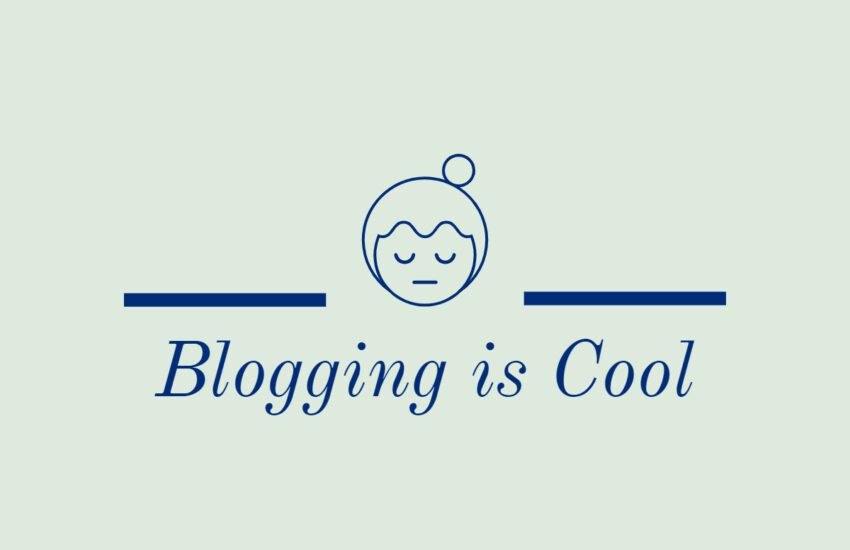Using Plugins to Prevent Copy and Paste of Your Blog Contents
Prevent Copy and Paste?
In today’s digital age, protecting your content online has become increasingly important. As a blogger, you may have come across plugins that claim to prevent copy and paste on your blog.
While these plugins offer a potential solution to safeguard your work, it is essential to consider the pros and cons before implementing them.
This article will explore the advantages and disadvantages of using plugins to prevent copy and paste on your blog.
Advantages of Using Copy and Paste Prevention Plugins
Content Protection
By using copy and paste prevention plugins, you can deter visitors from easily copying and reproducing your content without permission. This can help safeguard your intellectual property and prevent unauthorized use.
Copyright Infringement Prevention
These plugins can act as a deterrent for individuals who may be tempted to plagiarize your work. By making it more difficult to copy and paste content, you reduce the risk of copyright infringement.
Enhanced Security
Copy and paste prevention plugins can add an extra layer of security to your blog. They can help protect sensitive information, such as personal data or confidential material, from being easily copied and shared.
Disadvantages of Using Copy and Paste Prevention Plugins
User Experience
Implementing copy and paste prevention plugins can negatively impact the user experience on your blog. Visitors who genuinely want to quote or reference your content may find it frustrating if they are unable to do so. This could lead to a decrease in user engagement and a higher bounce rate.
Accessibility Concerns
Some users may rely on copy and paste functionality for various reasons, such as translating content or using screen readers. By disabling this feature, you may unintentionally exclude certain individuals from accessing and interacting with your blog.
Compatibility Issues
Copy and paste prevention plugins may not be compatible with all browsers or devices. This can result in inconsistencies in the user experience across different platforms, potentially alienating a portion of your audience.
Alternatives to Copy and Paste Prevention Plugins
Watermarking
Instead of preventing copy and paste altogether, you can consider adding a visible or invisible watermark to your content. This can help deter unauthorized use while still allowing users to copy and paste the text if needed.
Copyright Notices
Displaying a clear copyright notice on your blog can serve as a reminder that your content is protected. This can discourage individuals from copying and pasting without permission.
Content Licensing
Consider licensing your content under Creative Commons or other similar licenses. This allows you to retain control over your work while specifying the permissions for others to use it.
Conclusion
Using plugins to prevent copy and paste on your blog can offer certain advantages in terms of content protection, copyright infringement prevention, and enhanced security.
However, it is important to carefully consider the potential drawbacks, such as a negative impact on user experience, accessibility concerns, and compatibility issues.
Exploring alternative methods, such as watermarking, copyright notices, or content licensing, may provide a more balanced approach to safeguarding your content while maintaining a positive user experience on your blog.

